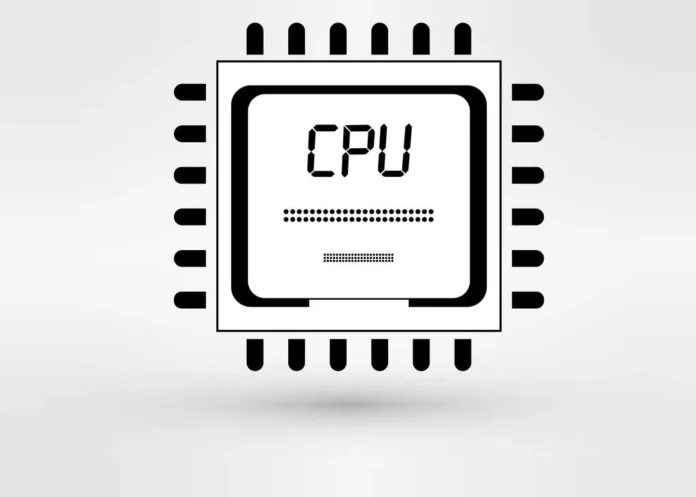The evolution of mobile CPUs has been a pivotal force in shaping modern mobile technology. From the early days of simple mobile processors to today’s powerful chipsets, these advancements have driven performance improvements and enabled the sophisticated devices we rely on. Here’s a look at the key phases in the development of mobile processors.
Early Mobile Processors
In the late 1990s and early 2000s, phones began to include basic processors. These early chips were responsible for handling fundamental tasks like making calls, sending text messages, and running simple games.
The Rise of ARM Architecture
ARM architecture, known for its balance between performance and energy efficiency, quickly became the go-to standard for phone CPUs. During the mid-2000s, major tech companies like Qualcomm, Samsung, and Texas Instruments started developing ARM-based processors specifically for phone devices. They set the foundation for mobile gaming, casino slot online platforms, and work applications.
The Single-Core Era
Smartphones initially featured single-core processors that could handle basic apps and tasks but had limited multitasking abilities. Qualcomm’s Snapdragon, Apple’s early A-series chips, and MediaTek processors were the driving forces in this period. While these processors were a significant step up from earlier designs, they would soon be outpaced as phone technology advanced.
The Shift to Multi-Core Processors
As users began demanding more from their smartphones, the limitations of single-core chips became evident. Around 2011, dual-core processors entered the market, followed closely by quad-core processors in 2012.
The Importance of GPUs
Mobile processors also saw a major leap in graphics capabilities with the integration of more advanced GPUs (Graphics Processing Units). These components became essential for running graphically intense apps, from mobile games to augmented reality (AR) and virtual reality (VR).
As smartphones started to double as entertainment devices, GPUs became crucial for enhancing visual performance and delivering a smooth, immersive experience.
FinFET Technology and Smaller Process Nodes
As devices became more complex, improving power efficiency without sacrificing performance became critical. To achieve this, phone CPUs began using FinFET (Fin Field Effect Transistor) technology and shrinking process nodes.
With the introduction of smaller process nodes like 14nm, 10nm, and 7nm, manufacturers could fit more transistors into a smaller area, boosting performance while reducing energy consumption. This combination of innovations helped mobile processors achieve faster speeds and better battery life.
AI and Machine Learning Integration
A significant turning point for phone CPUs was the integration of artificial intelligence (AI) and machine learning capabilities. Introduced in the late 2010s, these features enabled devices to perform tasks like facial recognition, natural language processing, and more intelligent photography.
5G Connectivity
Another recent advancement in mobile processors has been the integration of 5G technology. Built-in 5G modems allow mobile devices to access faster, more reliable cellular networks.
By integrating these modems directly into the CPU, manufacturers reduced power consumption and improved network performance, allowing for smoother streaming, faster downloads, and better overall connectivity.
Custom Cores and Tailored Designs
Some manufacturers, like Apple, have taken phone CPUs to new heights by developing custom CPU cores rather than relying entirely on ARM’s architecture. Apple’s custom-designed Silicon chips, for example, allow the company to optimize performance, energy efficiency, and security features for their specific devices.
